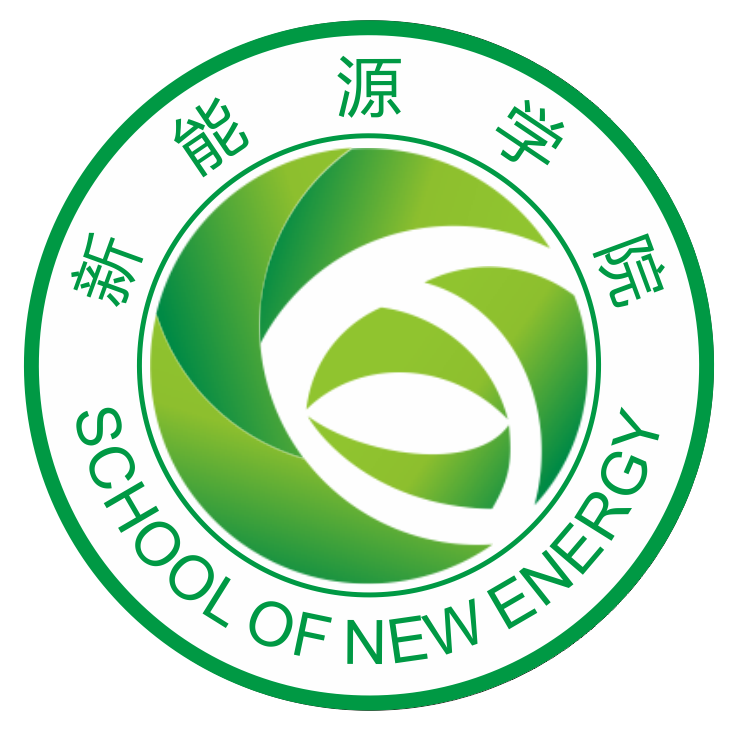ABSTRACT
During operation, solid oxide fuel cell releases quite a great part of hydrogen energy into waste heat, leading to energy waste and even functional component degradation. In this study, solid oxide fuel cell, alkali metal thermal electric converter and organic Rankine cycle are synergistically integrated as a three-stage integration system to gradually and efficiently utilize the waste heat. Accounting a variety of thermodynamic-electrochemical losses within the system, mathematical expressions of power output, energy efficiency, exergy destruction rate, and exergy efficiency for the integration system are deduced. The basic performance features and competitiveness of the integration system are revealed. The maximum power output density of the proposed system allows to be 12407.0 W m−2, which is approximately improved by 103.8 % compared to that of the stand-alone solid oxide fuel cell (6087.4 W m−2). Parametric studies demonstrate that an increase in operation temperature, operation pressure or radiation loss geometric factor enhances the integration system performance, while an increase in β″-alumina solid electrolyte thickness, proportional coefficient or pinch temperature ratio degrades the integration system performance. The results obtained can provide some theoretical support for designing or running such an actual three-stage integration system for efficient power generation.
Jiarui Li, Branimir N. Grgur, Jiatang Wang, Houcheng Zhang *. Three-stage integration system with solid oxide fuel cell, alkali metal thermal electric converter and organic Rankine cycle for synergistic power generation. Energy Conversion and Management, 2023; 297: 117727.

